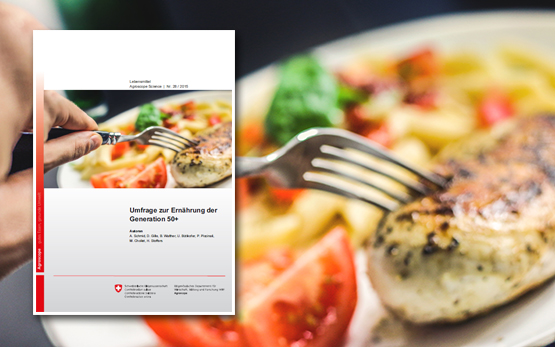Domestication refers to the artificial selection of wild species to obtain variants specialised for the growth in a human-made environment. While this special case of evolution is well described for crop plants and farm animals, it likely also occurs in fermented foods. Various yeast species used in food fermentation, namely beer-, bakers’- and wine yeasts as well as Aspergillus oryzae show typical genomic signatures of domestication when compared to their wild ancestors, including genome reduction, rearrangement and gene duplications. Similar processes are expected to occur in more complex bacterial communities used for cheese making. Cheese starter cultures are natural bacterial communities passaged for decades in only milk. Although they have been extensively studied in terms of species diversity and metabolic activity, genomic indications of domestication in these communities have not been systematically corroborated. Here, we analysed over 100 metagenomes and genomes of 11 traditional Swiss cheese starter cultures spanning several decades of cheese making to look for genomic signatures of domestication. We found that all cheese starter communities were of relatively low diversity, consisting of only two dominant species, namely Streptococcus thermophilus and Lactobacillus delbrueckii subsp. lactis. A relatively low amount of strain-level diversity was detected for the two species when compared to natural microbial communities suggesting strong population bottlenecks, possibly as a result of the continues passaging. Strikingly, distinct strains dominated almost all passages of the different cheese starter culture providing no evidence for microbial invasion and extinction in line with the fact that the cultures are passages in a contained and highly stable environment. Moreover the genomes of the predominant strains exhibit strong genomic signatures of reductive evolution, namely elevated genome decay and genome plasticity. While the dating of both genome decay and genome plasticity indicate ongoing genomic differentiation, we are not aware of the existence of any closely related strains in nature impeding a direct genomic comparison of ‘wild’ and ‘domesticated’ strains. We presume the original niche of these bacterial species in the infant gut and therefore are screening gut microbiomes of non-industrialized humans and mammals. Direct comparisons between these ‘wild’ strains with the ones passaged in the cheese starter cultures would help to substantiate the domestication of these microbes.






